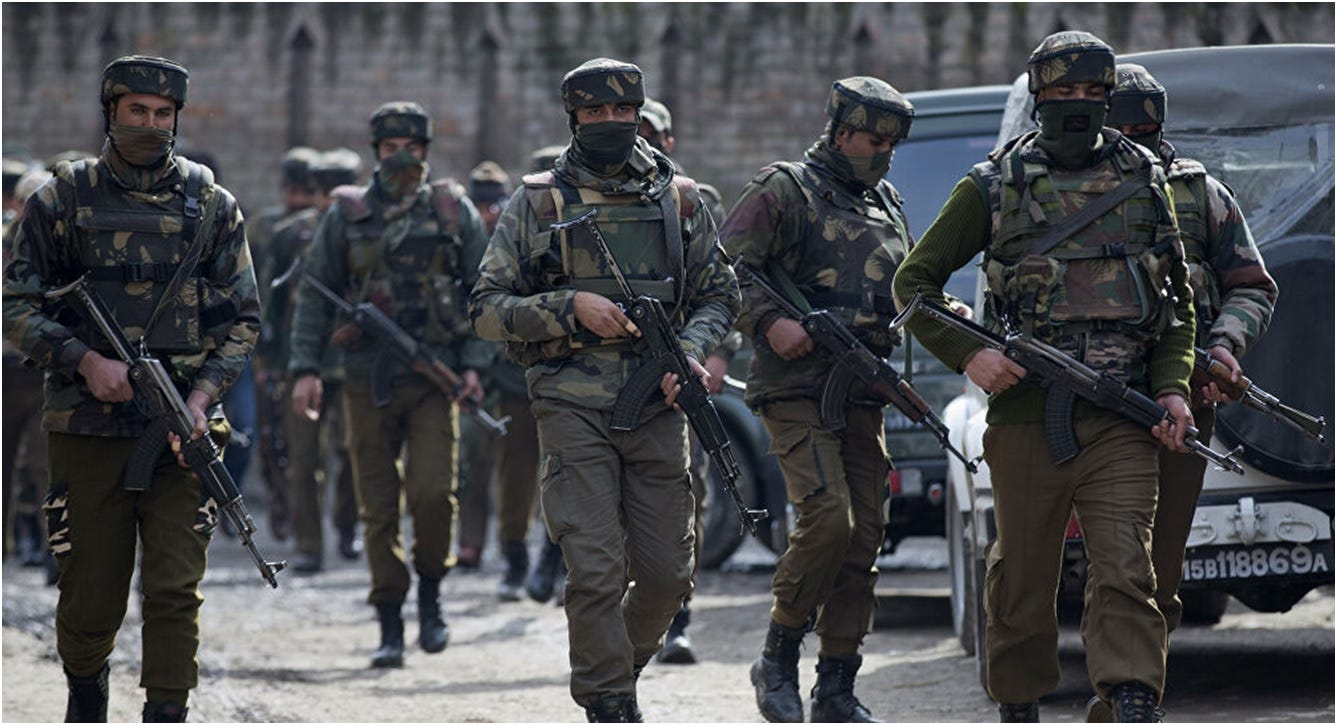'Birdshot' Blinds Hundreds in Kashmir
Covid pandemic, frequent lockdowns worsen the plight of pellet victims
By: Majid Maqbool
Mohammad Ashraf Wani, from south Kashmir’s Pulwama district, was 25 when he was hit in the face by pellets fired by government forces outside his home during a protest following the killing of militant commander Burhan Wani in 2016.
Having undergone multiple corrective surgeries over the years, Ashraf, who is now 31 can see just a little…
Keep reading with a 7-day free trial
Subscribe to Asia Sentinel to keep reading this post and get 7 days of free access to the full post archives.

